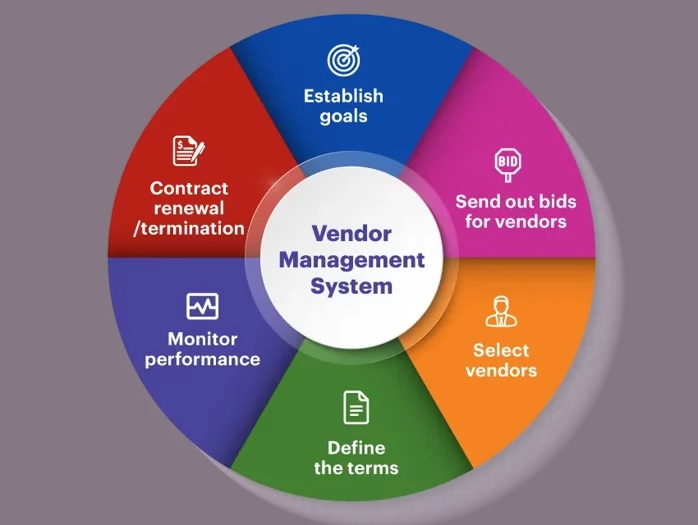Three in four companies believe that using workforce analytics is “important”, but, according to a study from Deloitte, just 8 per cent believe that their organization is “strong” in this area.
Talent analytics is particularly hard when it comes to contingent workforce management, where gig workers, staffing suppliers, managed service providers (MSP) and managers all create millions of data points for your organization.
So, how exactly can you ensure your company makes the most of workforce data to create a successful contingent workforce management program? A vendor management system (VMS) is the answer.
What is a Vendor Management System? (VMS)
A VMS is a web-based software application that allows you to manage your company’s entire contingent workforce hiring process in one easy-to-use solution.
By acting as a mechanism for your business to manage and procure contingent workers through staffing agencies, a VMS automates and streamlines every step associated with the sourcing, acquiring, managing and paying of temporary workers.
A VMS will allow your company to collect requisitions from managers, facilitate contingent worker onboarding, automate transactions, store and collect data from every step of your contingent worker hiring process, and collate metrics such as spend tracking, candidate information, payroll and invoice data.
A vendor management system is typically used by a company directly to manage their independent talent pool, or by an MSP on behalf of a client, to better manage, and optimize their temporary workforce.
How will a Vendor Management System (VMS) Benefit Our Our Contingent Workforce Program?
A VMS is essential to any successful contingent workforce management program. By keeping workforce data and metrics in a central, digital location, your company will be able to automate labor-intensive tasks and ensure hiring management strategies are standardized across your entire organization. Choosing the right VMS for your business will streamline every step of your temporary workforce, from sourcing and acquiring, to managing and paying on-demand workers. Here are some of the key benefits your business will receive from the use of a VMS:
1 – Increased Visibility
Contingent workforce management programs are complex. The result? Most companies are left with fragmented processes that lead to rogue spending and no unified hiring or managing strategy across their organization. By facilitating all temporary workers through a VMS, however, all steps of the hiring process go through a transparent route that HR and procurement professional across your organization use to ensure a single, company-wide approach. This gives your business complete visibility into contingent workforce headcount and spend.
2 – Automate Processes
Your HR and procurement teams have a wide range of data, metrics and documents to look after when hiring and managing temporary workers. These labor-intensive tasks not only waste valuable time for your company, they also result in costly errors that could otherwise be avoided. Thankfully, a vendor management system allows you to automate the entire process. Whether it’s requesting a set of documents to onboard a worker, reviewing timecards and expenses or analyzing supplier performance – your in-house team will have all this data at their fingertips in one easy-to-use solution.
3 – Build for the Future
Workforce objectives are constantly changing, especially if your company is in an industry that experiences seasonal or peak demand. That’s why it’s important that your organization builds a talent pool that can be tapped into when needed. A VMS can help you do this. By storing the data of highly-talented contingent workers you’ve previously worked with as well as staffing suppliers, your company will be able to identify quality candidates at short notice and reduce the time to hire.
4 – Spend Control
A lack of visibility and control over their contingent workforce management programs leads the vast majority of businesses to end up overpaying for their on-demand talent. This adversely affects margins and profits. A VMS offers your company the reporting and analytics tools you need to identify where you may be overpaying or underpaying your temporary workers. You’ll be able to see whether your company is paying more or less than the market rate for temporary workers and staffing supplier markups.
The Bottom Line
Implementing a vendor management system into your business isn’t as simple as choosing the first one you find. The key to supporting your management objectives is planning, selecting, configuring and installing the right technology.
By partnering with a vendor-neutral MSP, your company will ensure it implements a VMS that supports your unique management objectives – allowing you to streamline your business processes, transactions and relationships in one user-friendly solution.
Ready to find out how Dayfoxx Resources can implement the right VMS solution into your company’s contingent workforce management program?












0 Comments